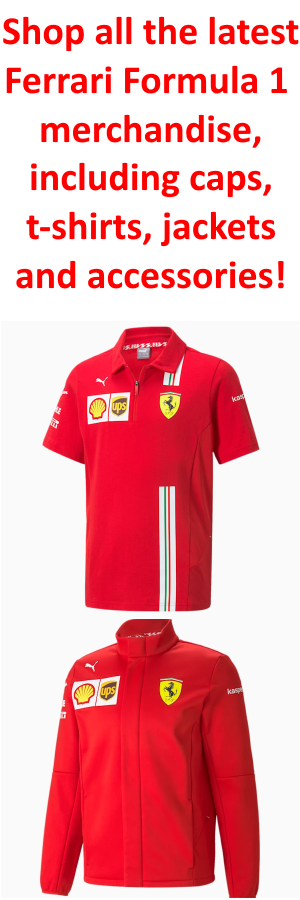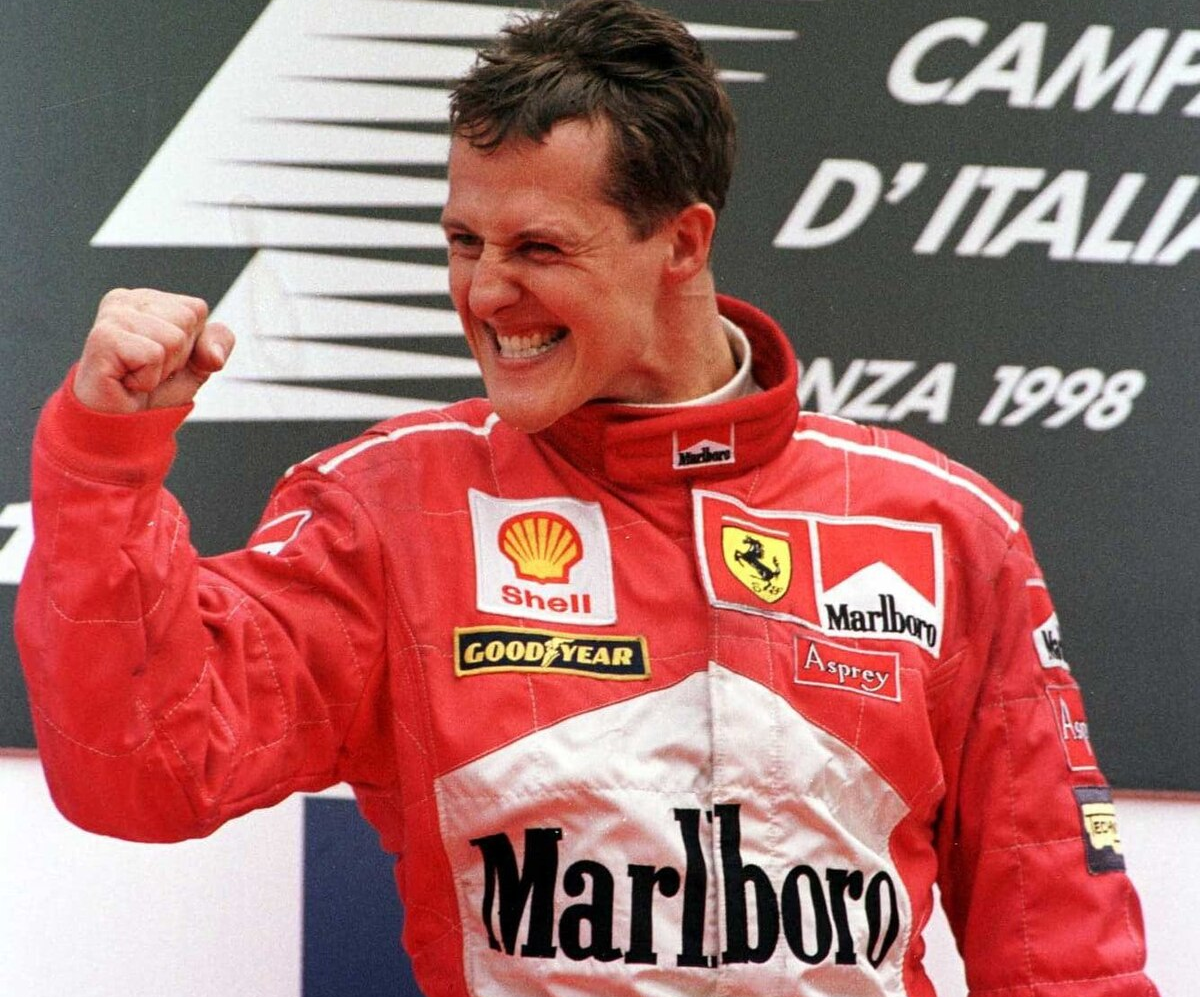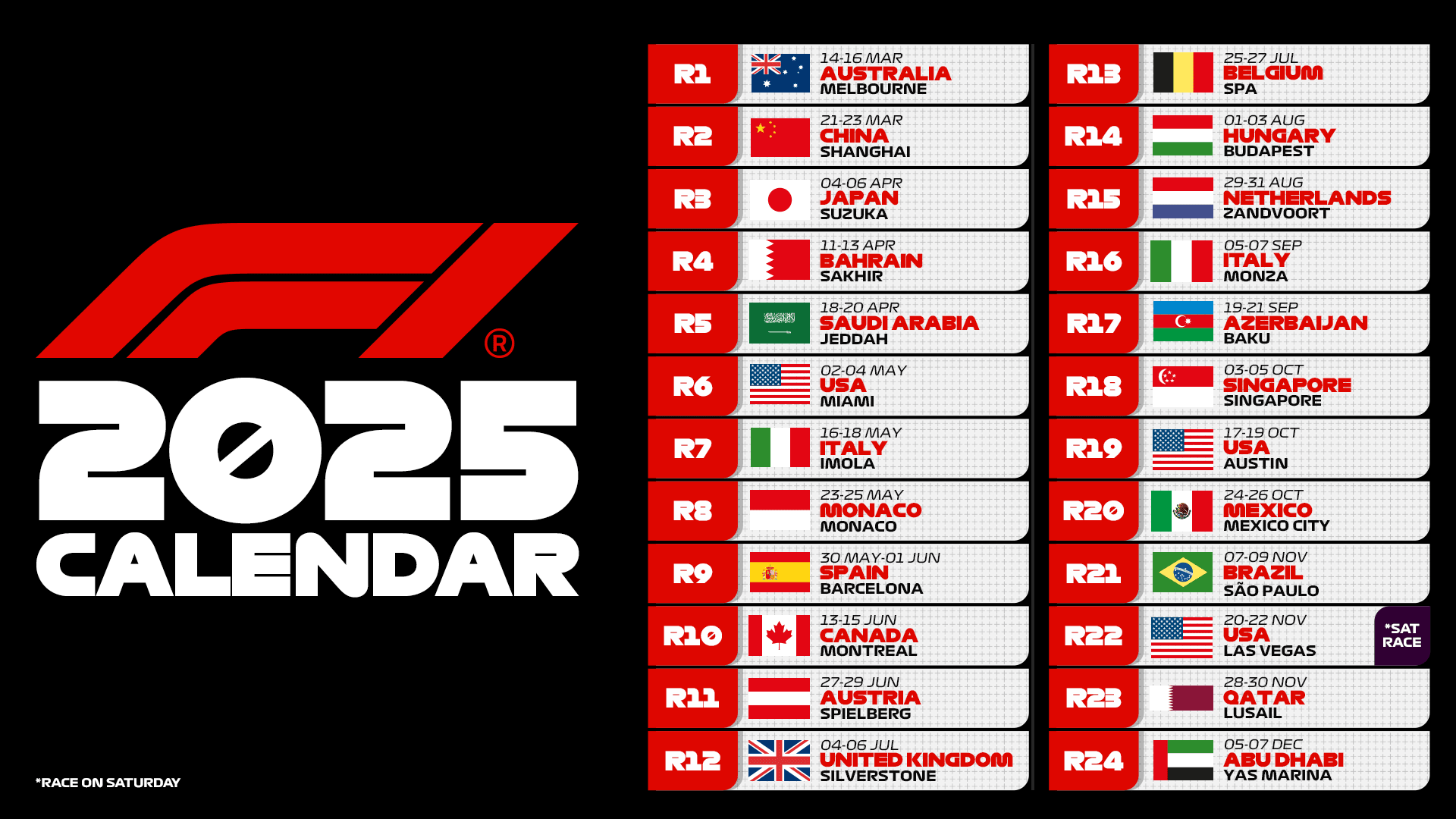Beyond all the technical assessments (and there are many), the fifty-three laps of the Italian Grand Prix were highly emotional, with a finale that left the entire Ferrari pit wall (and much of the crowd at the track) holding their breath. A perfect script for strong hearts in the ideal setting to write stories to remember.
For Ferrari, there was a bit of belief, a chance tied mainly to the uncertainty of the tires, the true question mark on the eve of the race. New track surface, few long runs, an evolving circuit, and high temperatures were all variables the teams had to consider when on Saturday before qualifying they finalized the setups of their cars.
None of the top teams had tested the hard tires, the compound intended to cover the longest distance in the race. This uncertainty greatly impacted the strategists’ predictions: one or two stops? A rarity at Monza, a Grand Prix which is usually raced with only one tire change, but in the absence of reference points, a two-stop race was within the strategies considered by all the teams.
At the start, everyone chose the medium tire except Red Bull. This was because the data gathered on Friday was very good, and the new track surface helped reduce degradation. For the second stint, they opted for the hard tire. At Ferrari, after reaching second place with Charles Leclerc, they began managing the tires excellently. The pit wall provided some suggestions to limit so-called “micro-lockups,” which can easily increase stress on the compounds. The Monegasque driver provided updates on the condition of the tires.
In terms of top speed, Piastri was the slowest, reaching only 320 kilometers per hour. Charles Leclerc, on the other hand, achieved a top speed of 334 kilometers per hour, thanks to a slipstream. George Russell’s Mercedes suffered from degradation, mainly due to damage to the endplate caused by an on-track incident, which gradually detached as the laps went by. The Englishman struggled with understeer in turn 5 and oversteer in turn 8. As a result, he was the first to pit, on lap 12, to switch to the white tire and comply with the two-compound rule. If he had been unable to finish the race with this set, he could have mounted an additional set of soft tires.
Lando Norris pitted on lap 15 to attempt an undercut on Charles Leclerc’s Ferrari. At that moment, the gap between the two was 0.9 seconds. Ferrari responded by pitting Charles on the next lap. He was also fitted with hard tires. Upon exiting the pits, the Monegasque rejoined the track behind Norris. The Ferrari driver rightly asked the team why they had pitted him, knowing from the data that he would come out behind Norris. It should be noted that the pit stop was slightly slower than expected.
On the following lap, the seventeenth, Oscar Piastri also pitted, thus avoiding an undercut by Leclerc. The McLaren pit wall informed their drivers that they expected less rear tire degradation with the hard tires. However, they anticipated some degree of graining on the front axle. Verstappen, who started on the hard tires, extended his first stint significantly, only pitting much later. On the white-banded Pirelli tires, however, he suffered from understeer, which led to front-end graining. This meant that the front tires couldn’t maintain optimal temperature.
Show your support for Scuderia Ferrari with official merchandise collection! Click here to enter the F1 online Store and shop securely! And also get your F1 tickets for every race with VIP hospitality and unparalleled insider access. Click here for the best offers to support Charles and Lewis from the track!
During the first laps of the second stint, teams discussed strategy extensively, considering the initial feedback received from the drivers regarding the hard tires. The front left seemed to be the most stressed tire, the one that needed to be protected to extend the stint. Ferrari also considered “Plan C,” which might indicate the possibility of a second stop to fit another set of soft tires in the final part of the race.
Carlos Sainz was also placed on the same “Plan C” strategy, although the exact meaning of this choice is not known. Ferrari expected graining to appear from the fifteenth lap, as happened with Max Verstappen. McLaren was very concerned about graining, and rightly so. They informed Norris that the graining on Verstappen’s hard tires was visible on both left-side tires. Norris was following Plan B, which seemed to involve a stop on lap 33 to fit a second set of hard tires. His front left tire was quite damaged.
This was the turning point of the race for Leclerc. Upon exiting the pits, Norris was 23 seconds behind Leclerc. On the track, he would have had to make up all that time if Charles Leclerc didn’t pit again. Ferrari, at that moment, seemed intent on continuing to the end without further stops. On lap 39, Oscar Piastri was put on the same strategy as his teammate, pitting to switch to the hard tire. Upon exiting the pits, he was 17 seconds behind the leader. It was a risky strategy for McLaren, which wasn’t the most competitive in terms of top speed, but certainly was in terms of pace.
In those circumstances, however, the MCL38 suffered significantly from graining on the front left tire, a phenomenon that limited its on-track performance. In the post-race analysis, Oscar identified the graining as the factor that limited his pace. Ferrari became increasingly convinced they could reach the finish without stopping again, a strategy corresponding to “Plan D” in F1 terms. The Maranello pit wall informed Charles Leclerc, right after Piastri’s stop, that it was a matter of time management.
They had to react to each lap time set by the McLarens to manage the lead until the finish line. They did just that, and Charles Leclerc was perfect in managing the front left tire to keep it efficient. The McLaren team made a big mistake, and it wasn’t the second stop. The mistake was following the same strategy with both drivers. They could have differentiated the strategies and very likely would have won.
Based on the telemetry data from the Italian Grand Prix, although Oscar Piastri had an excellent pace after the F1 race stop, it wasn’t enough to catch Charles Leclerc. The gap was too large. With a few seconds less, they might have even caught Ferrari, which wasn’t lapping much faster than Carlos Sainz, who was easily overtaken by both McLarens.













.png)

Leave a Reply